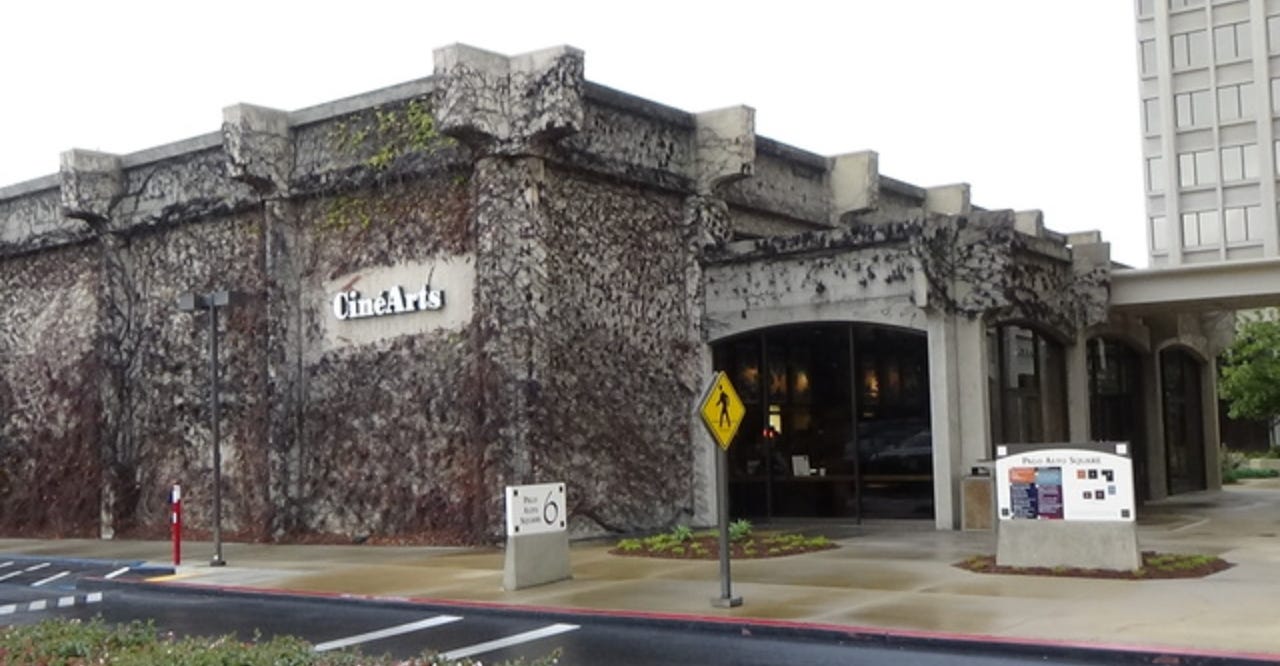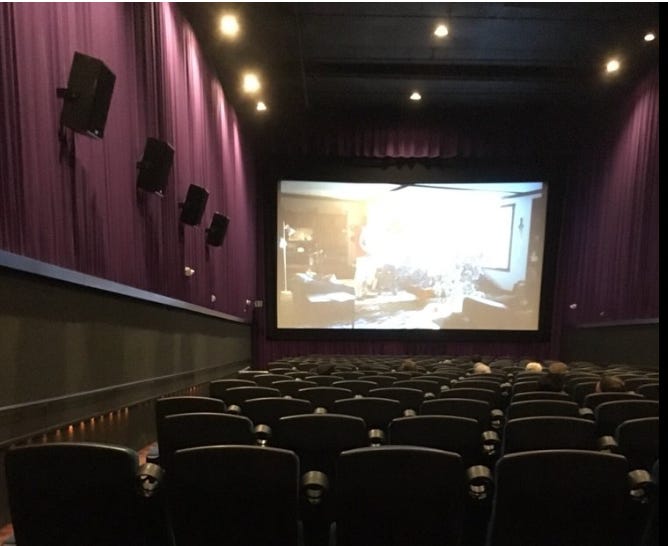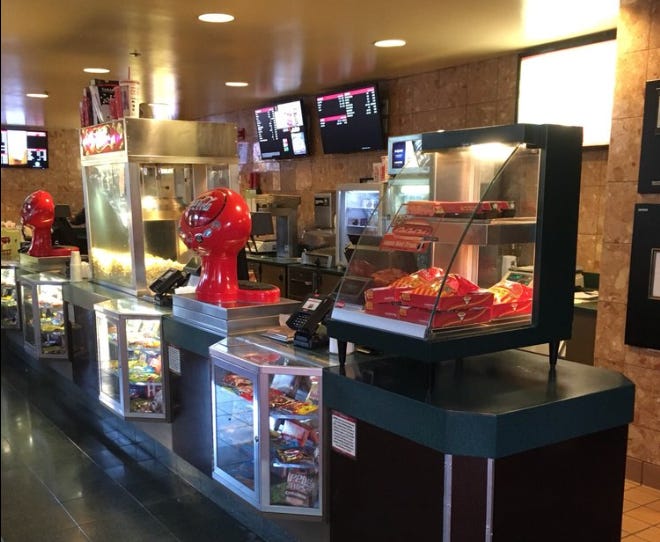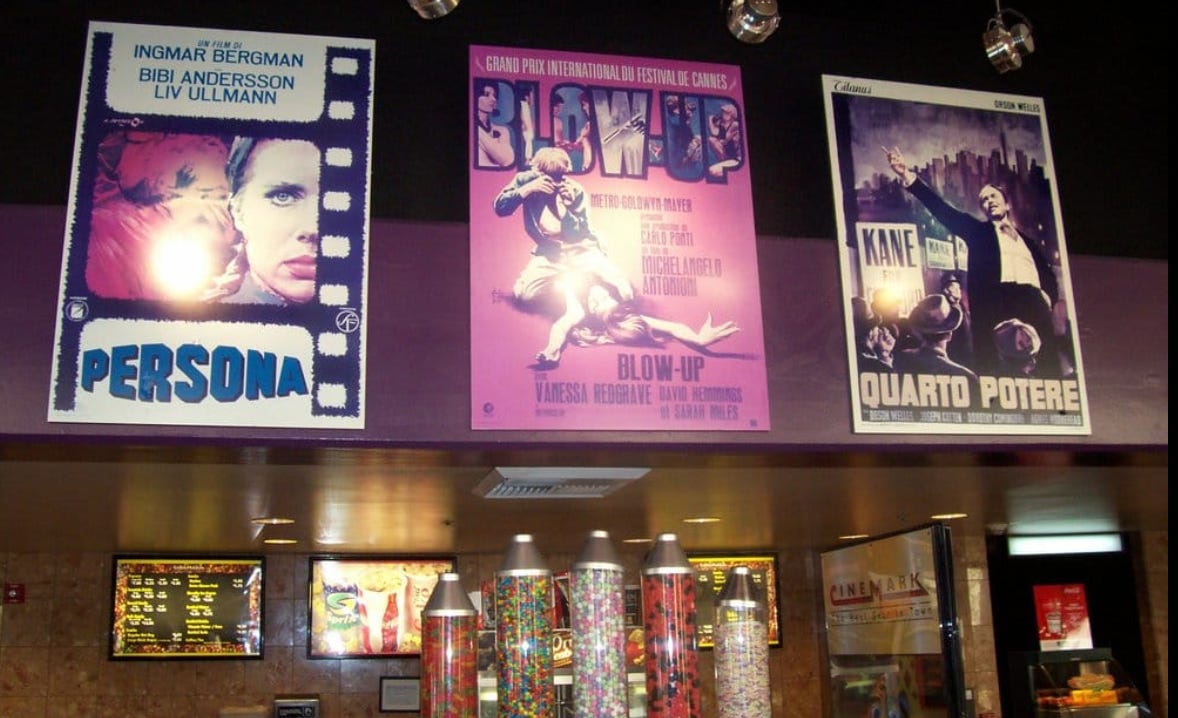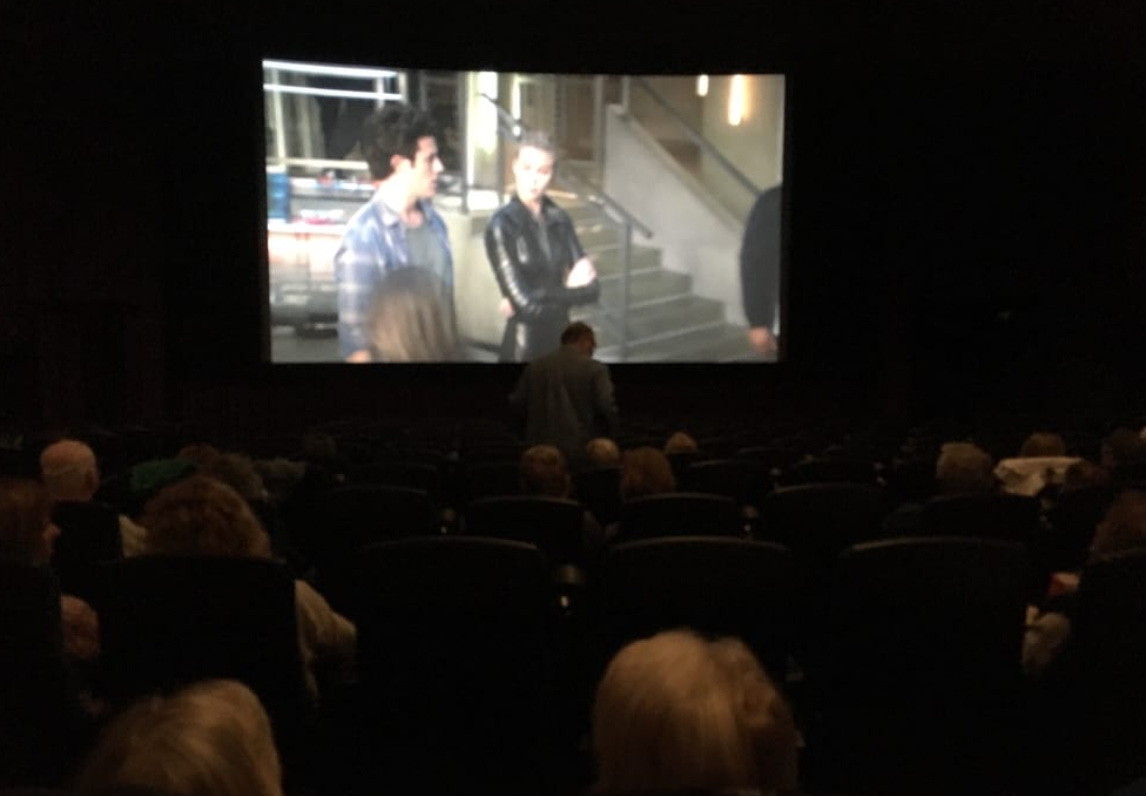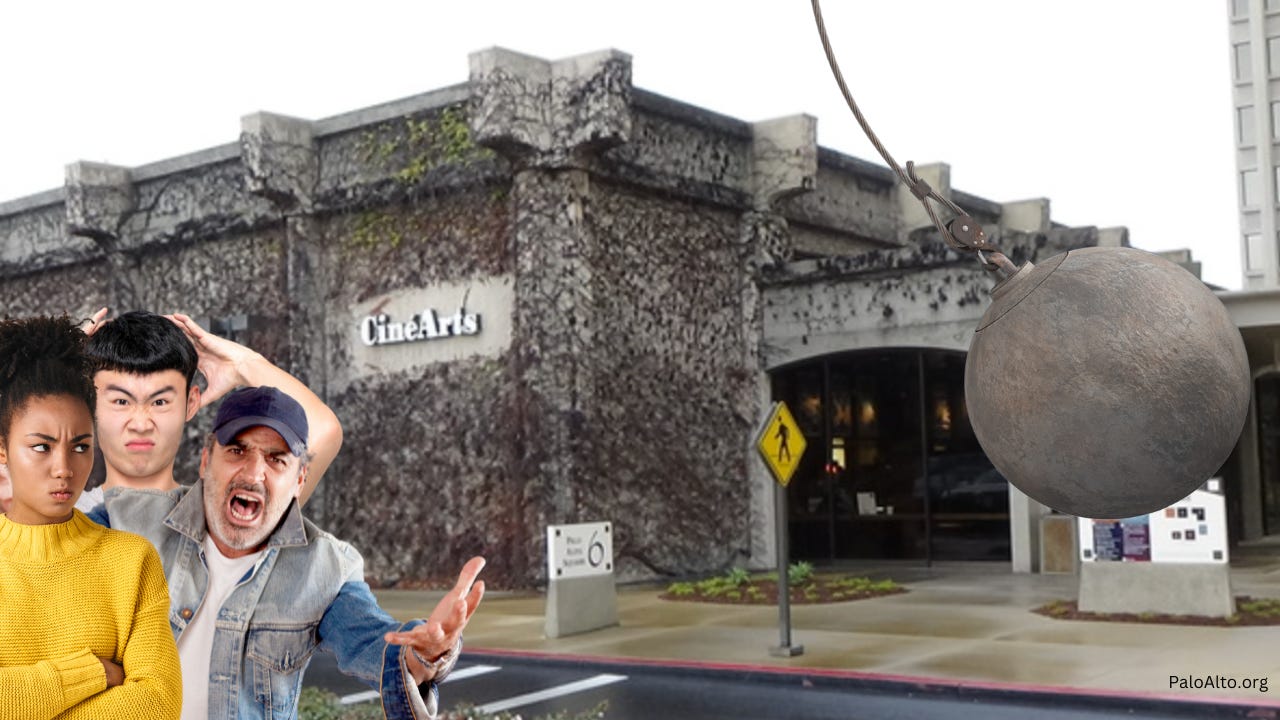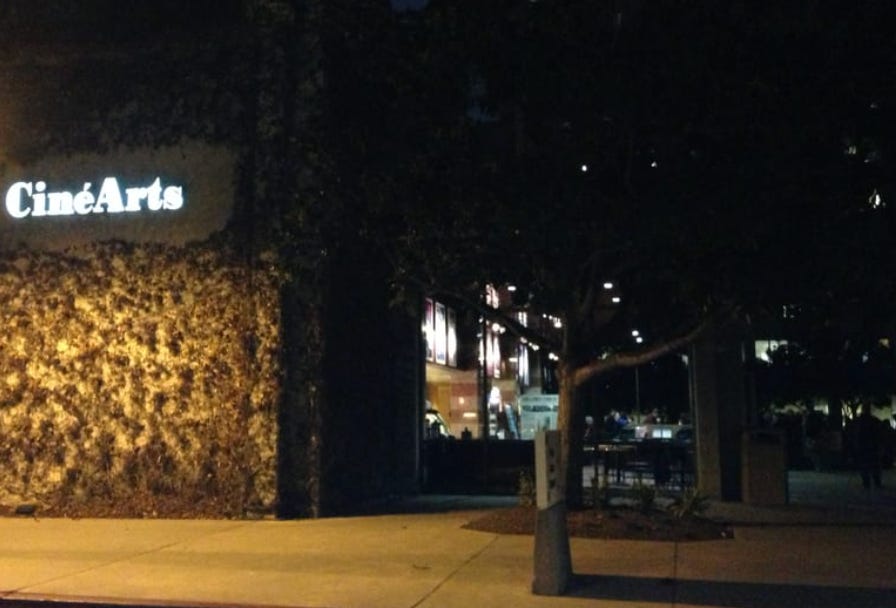Theater Conversion Debate: Balancing Preservation and Progress in Palo Alto
A heated debate has emerged over the fate of a cherished local theater, revealing a broader tension between preserving cultural landmarks and accommodating new developments. The local community's response to plans for converting the beloved theater has sparked intense discussions and raised critical questions about the role of cultural heritage in modern urban development.
The Theater in Question
For decades, the theater at the center of this controversy has been more than just a venue for movies and performances; it has been a cultural hub for the Palo Alto community. Opened in the mid-20th century, it quickly became a landmark, known for its unique architecture and historical significance. The theater's classic marquee and intricate interior design have made it a symbol of the city's past, embodying a sense of nostalgia and pride for many residents.
The theater has also served as a community gathering space, hosting film festivals, local theater productions, and other events that contribute to Palo Alto's rich cultural tapestry. Its presence has fostered a sense of community and connection, making it more than just a building but a piece of the city's identity.
The Proposal for Conversion
Recently, a development proposal emerged that would convert the theater into a modern mixed-use complex. The proposed plans include transforming the space into a retail center with residential units above, potentially addressing the city's need for additional housing and commercial space. Proponents argue that this conversion is necessary to meet the growing demand for real estate in Palo Alto, which has seen a surge in population and economic activity in recent years.
Supporters of the development highlight the potential benefits of the project, including increased housing options and commercial opportunities. They argue that the conversion could revitalize a prime piece of real estate, contributing to the city's economic growth and offering modern amenities to residents. With the rising cost of living and the need for more affordable housing, the development is seen as a pragmatic solution to address these pressing issues.
The Community's Response
The reaction from local residents has been overwhelmingly opposed to the proposed conversion. Many community members view the theater as an irreplaceable cultural asset that should be preserved for future generations. They argue that the theater's historical and architectural significance outweighs the potential benefits of the development.
Several factors contribute to the strong sentiment against the conversion. First, the theater's role as a cultural landmark is deeply ingrained in the community's identity. For many residents, it represents a link to the past and a cherished part of their personal and collective history. The prospect of losing this landmark is seen as a loss of cultural heritage that cannot be easily replaced.
Second, opponents of the conversion are concerned about the impact on the local community's character. They worry that the modern development would lead to the erosion of the unique charm and historical character that define Palo Alto. The theater's conversion could be seen as a step toward homogenization, where the city's distinctive features are sacrificed for the sake of progress.
The Debate's Broader Implications
The debate over the theater's conversion touches on broader themes of urban development and cultural preservation. It highlights the challenge of balancing the need for modern infrastructure and economic growth with the desire to maintain a city's historical and cultural legacy.
In many growing cities, similar conflicts arise as developers and city planners seek to address the needs of a changing population while preserving the elements that contribute to a city's unique identity. The struggle between progress and preservation often reflects deeper values and priorities within a community.
Finding Common Ground
As the debate continues, finding common ground between preservationists and developers is crucial. One potential solution is to explore adaptive reuse options that allow the theater to serve a new purpose while retaining its historical and architectural features. For example, the theater could be renovated to accommodate new commercial or residential uses while preserving its iconic facade and interior elements.
Another approach is to integrate the development plans with efforts to honor and commemorate the theater's history. This could involve creating a public space or museum within the new development that celebrates the theater's legacy and provides educational opportunities for future generations.
The Path Forward
The outcome of the theater conversion debate will likely set a precedent for how Palo Alto navigates similar challenges in the future. It will test the city's commitment to preserving its cultural heritage while addressing contemporary needs and demands.
In an ideal scenario, you could revitalize the movie theater to better serve the community, enhancing the experience in a way that offers more value than a mixed-use complex.
Although the movie theater may not generate as much revenue as a mixed-use facility, the increased foot traffic from a well-equipped theater would benefit the surrounding retail and help anchor the complex that requires revitalization.
Community engagement and open dialogue will be essential in shaping a solution that respects both the theater's historical significance and the need for new development. By working together, residents, developers, and city officials can strive to create a balanced approach that honors the past while embracing the future.

